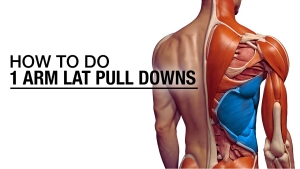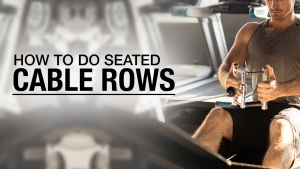
HOW TO START DOING MORE PULLUPS… FAST!
I don’t care how many pullups you are doing (or not doing) right now. I’m going to show you how to increase the functional strength in your upper body muscles to start banging out 20 or more in one set!
No…
That’s not a typo!
And I promise, there aren’t any gimmicks here.
I’m not going to tell you to do banded pullups or by using an assisted pull-up machine either!
What I will show you is two training techniques that will absolutely work to improve your pull-up.
I don’t care how heavy you are, or what your current grip strength or upper body strength level is, if you apply the two tips in this pull-up guide to your strength training routine, you’re going to see a difference!
First, I’ll show you an exercise routine you can follow to start building the strength you need to increase complete pullup reps starting with your very next workout. I’ll also show you an instant fix that you can use to start doing more pull ups in your very next set!
Before we get started let’s take a quick look at the upper back muscles and biceps muscles involved in the bodyweight pull-up so that we’re all on the same page.
TECHNIQUE #1: THE PULLUP PROGRESSION
To increase the number of regular pullups you can do, you need to have a way of building pullup strength in a systematic way.
You can do this decline progression to help you build that functional strength.
First, set up a pull-up bar in a rack at about neck height. Start position is underneath and at an angle to the pullup bar with hands slightly wider than shoulder width apart, palms facing away from you in an overhand grip, and feet at shoulder width apart. Practice pulling your entire body weight toward the bar in a High Incline Row and then lowering yourself back to starting. You can also use a Smith machine if you don’t have access to a rack.

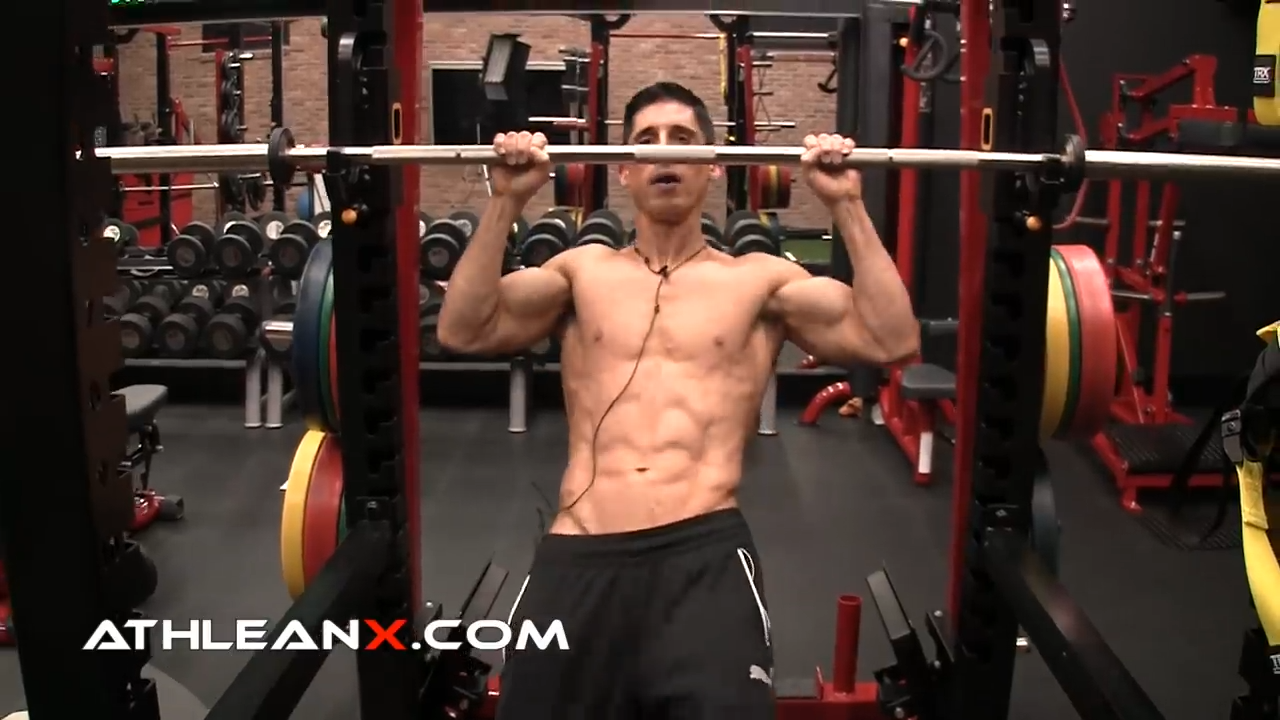
You can see that with your legs in contact with the ground, this exercise isn’t challenging enough in terms of load to have a significant impact on your upper body strength.
So we can increase the difficulty level by taking one arm off the bar and pulling your body with chin toward the bar.

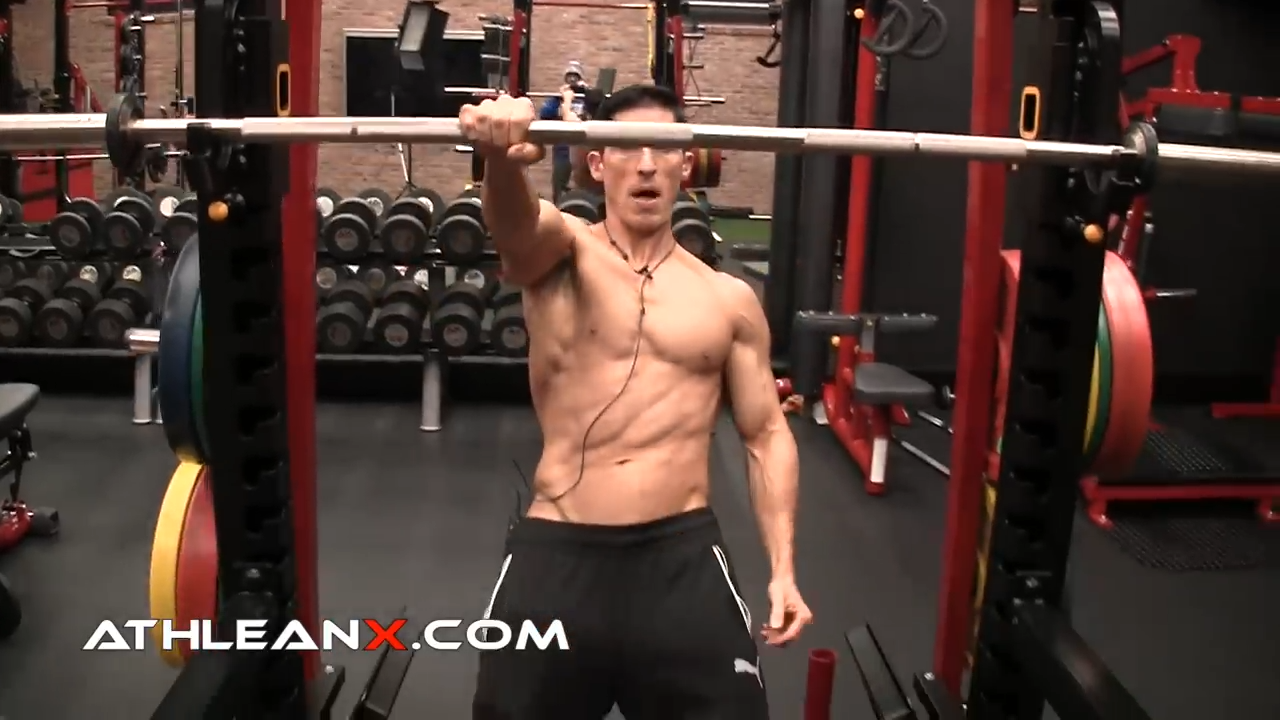
The angle at which you align your torso to the bar is dependent on your fitness level and your strength.
Beginners should start with a relatively upright angle of the body underneath the bar.
Make sure you don’t allow your body to twist like this.

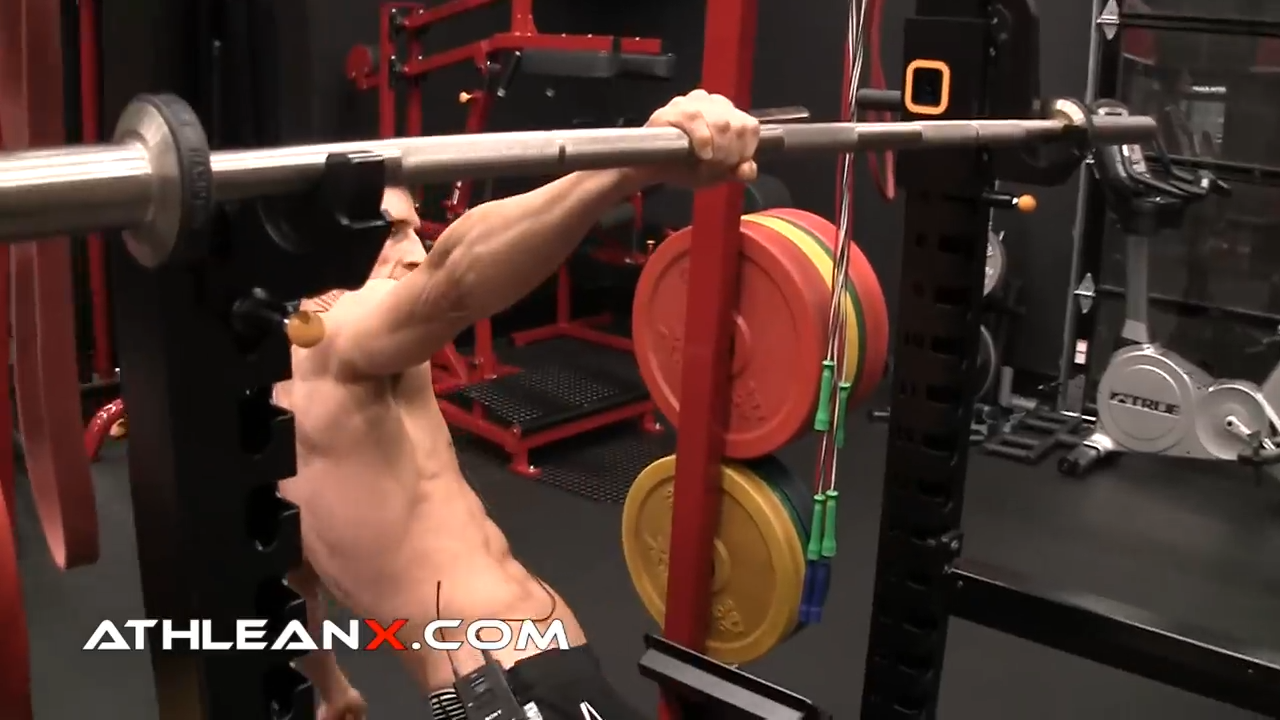
You also don’t want to pull the chest in close to the hand.


The key is to keep your elbows out wide and activate your abdominal muscle to keep yourself from twisting in the High Incline Row. You also want to ensure the hand is in line with the shoulder muscles and touching the outside of the chest muscle when your body is as high as it gets towards the bar.
If you’re more advanced or as you get stronger, you’ll angle yourself underneath the bar a little bit lower to create a more challenging range of motion.

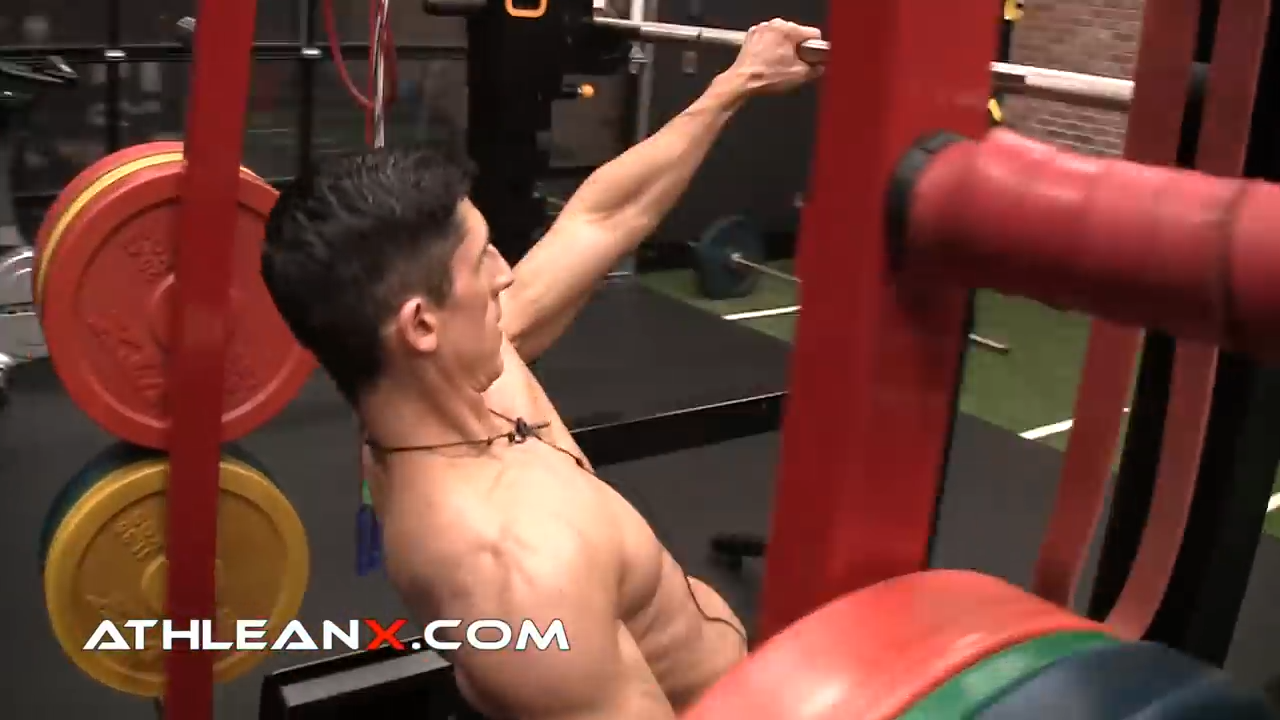
Continue to lower your angle underneath the bar as you build muscle strength until you get to an Inverted Row position.

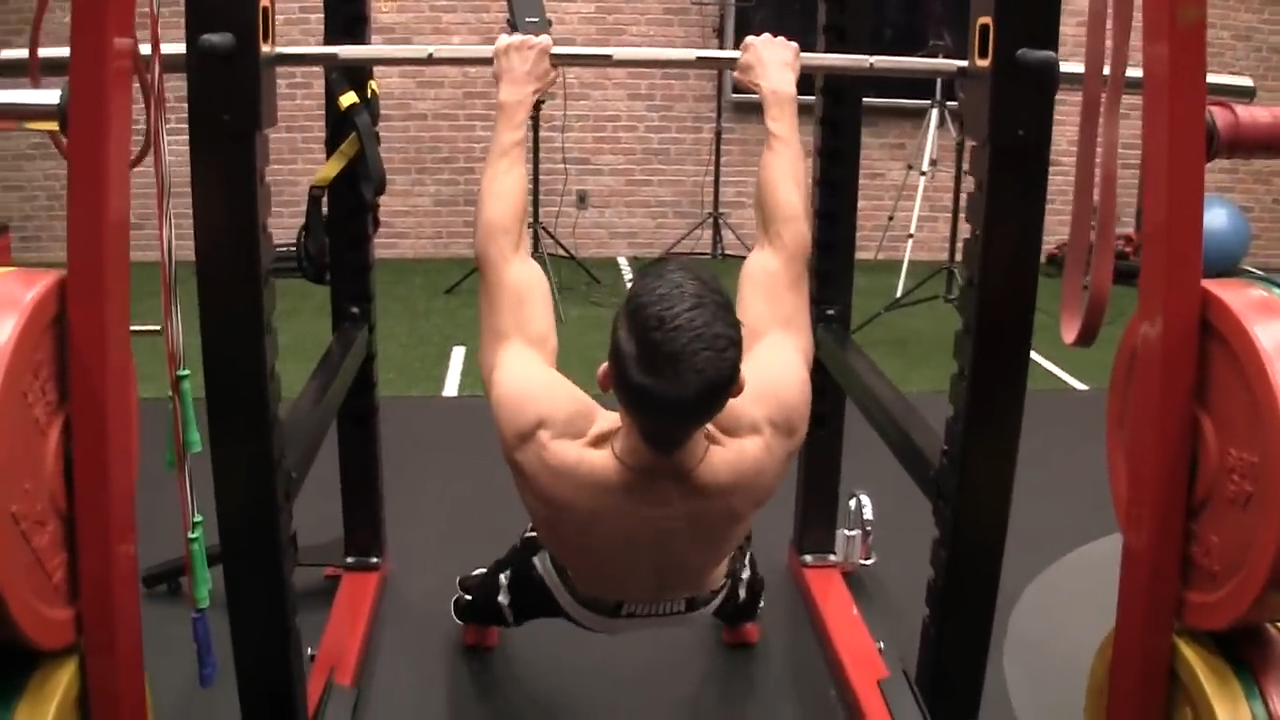
Don’t forget to work both arm muscles each time you do this!
You will be surprised at how quickly you will be able to make the transition to get lower and lower under that bar. This will quickly start translating over to your ability to do more regular pullups.
TECHNIQUE #2: PLUGGING THE ENERGY LEAKS
You’re about to see why the pull-up isn’t just about upper back muscles and biceps strength.
In addition to building arms muscles strength, we want to challenge our core strength.
Why is the core so important?
If your core muscles aren’t strong enough or you are forgetting to activate it when doing the basic pullup, then you are costing yourself the chance to increase the rep range you are able to perform.
As you can see, if you get up to the pull ups bar and your body is loose, you’re not in the best position as you initiate your pullups with proper form.

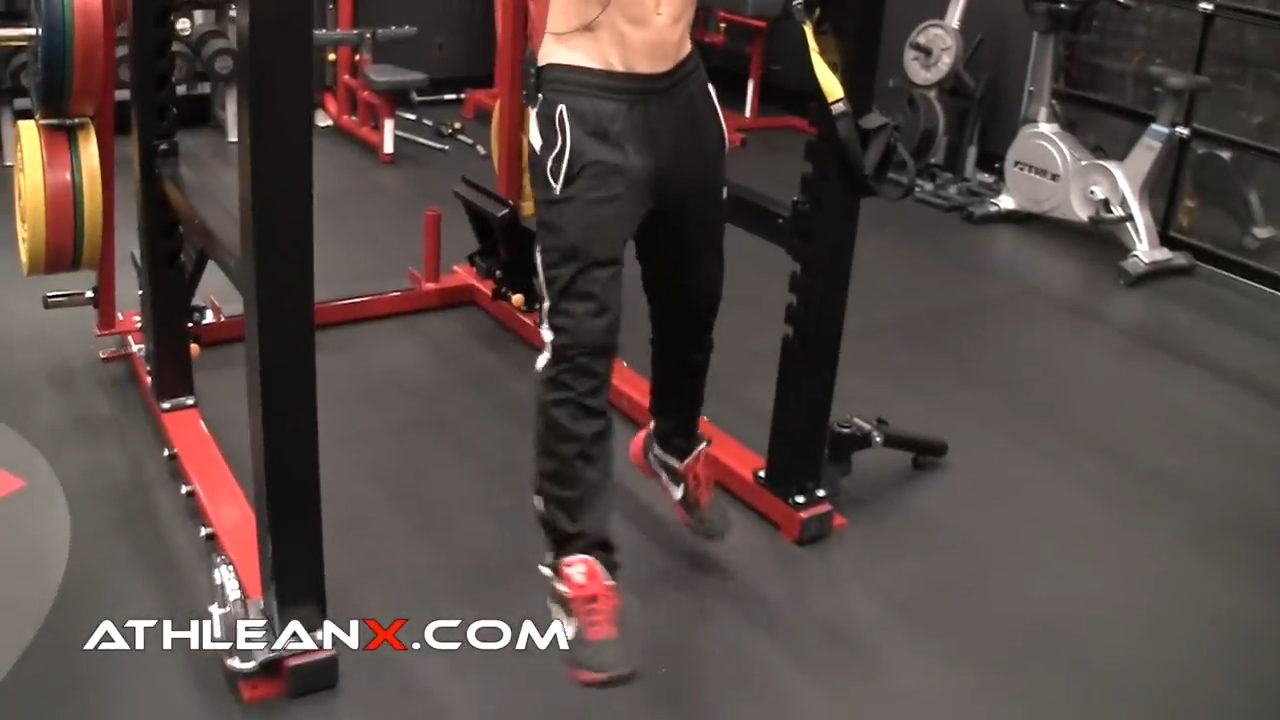
Instead, we need to be sure we’re plugging the energy leaks.
You can do this by tightening your quads, pointing your feet towards the ground, squeezing your butt muscles, and then keeping core tight as you pull your chin toward the bar. This tightness in your body will instantly help you to transfer more of the force you are exerting into the bar to be able to do more pullups.

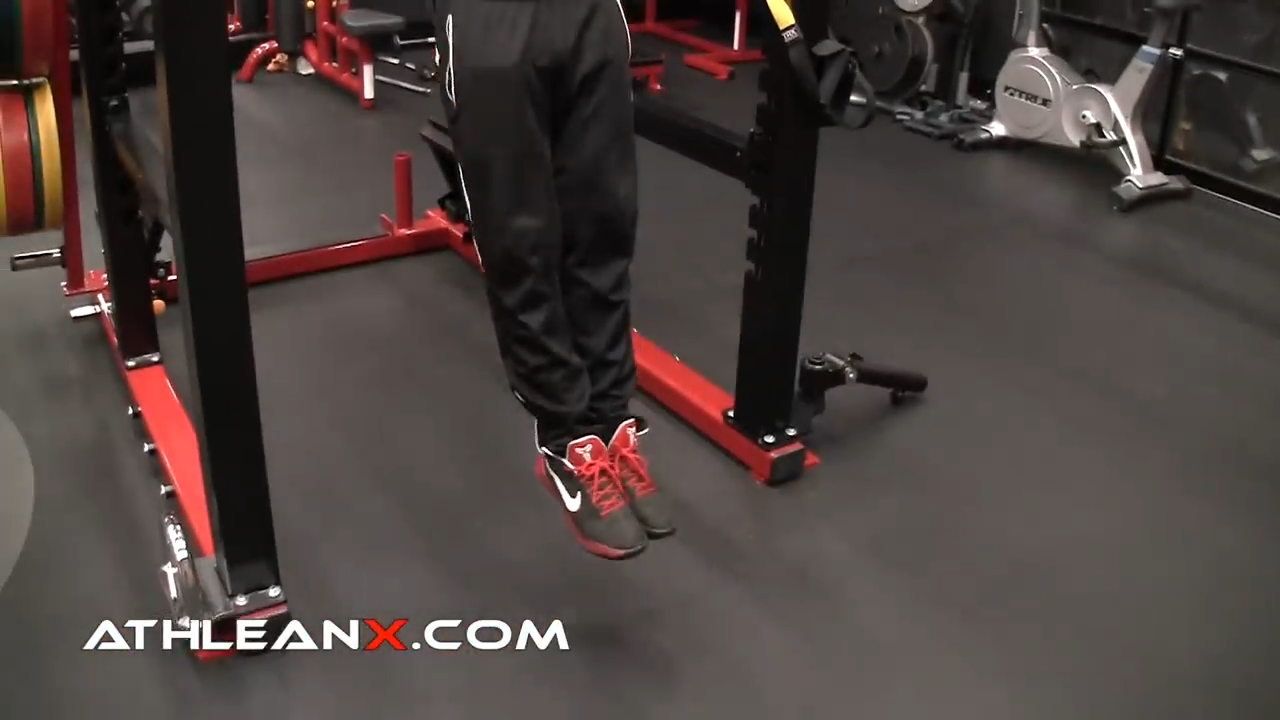
No, it’s not a magic trick!
It’s biomechanics and efficient movement that will make a huge difference in the number of pullups you are able to do.
How does this work?
If all the muscle groups in the rest of your body are loose when you try to exert force through the bar with your arms to pull yourself up, the force disperses through all those loose points and you end up with muscle fatigue quickly.
That’s why we call them ‘energy leaks’.
If you tighten them and give the energy no room to escape, then all that force has to go right back into the pullup bar to provide you with the strength you need to lift your body up with chin over the bar.
You can see how much easier it is for me to bang out rep after rep once I’ve plugged them all.


The pull-up is one of the best body weight exercises for building muscle definition and upper body strength. It’s an essential exercise for any strength training program.
I don’t care how many pullups you’re doing right now. I want you to start adding more total reps and ultimately be able to crank out 20 in a single set! You will have the strength gains for it. It’s just a matter of using the right process to build it up, and then using the right techniques to make sure it stays there when you do the exercise.
The best part is that there is no assisted pull-up variation or banded pull-up involved. In fact, you don’t even need an actual pull-up bar to get better at pullups!
The tips in this article are just the “tip of the iceberg” when it comes to the power of what the ATHLEAN-X programs can do for you. I’d love to show you what your true potential is. Let me be your trainer and I’ll coach you through the next 90 days so you can start seeing next level gains!

- Pullups are one of the best bodyweight movements for upper body strength, including biceps, back, rear and middle deltoid muscles and posterior deltoids. However, many people plateau in the reps of these pull-up exercises they are able to do.
- I’m going to show you two moves to help you start doing 20 or more pullups in each set regardless of how heavy you are or what your current strength level is. This pull-ups guide gives you the two key moves you can apply to your workout routine.
- To build the arm strength you need, you can do a pullup training process using a one-armed variation of a High Incline Row. Choose the angle of your body to the bar depending on your current strength level, and keep working your way down until you can perform it with the body directly under the bar in an Inverted Row position.
- It’s also important to plug all the energy leaks in your body by tightening your quads, pointing your feet, glute contraction and contracting your abs.

Jeff Cavaliere M.S.P.T, CSCS
Jeff Cavaliere is a Physical Therapist, Strength Coach and creator of the ATHLEAN-X Training Programs and ATHLEAN-Rx Supplements. He has a Masters in Physical Therapy (MSPT) and has worked as Head Physical Therapist for the New York Mets, as well as training many elite professional athletes in Major League Baseball, NFL, MMA and professional wrestling. His programs produce “next level” achievements in muscle size, strength and performance for professional athletes and anyone looking to build a muscular athletic physique.
































